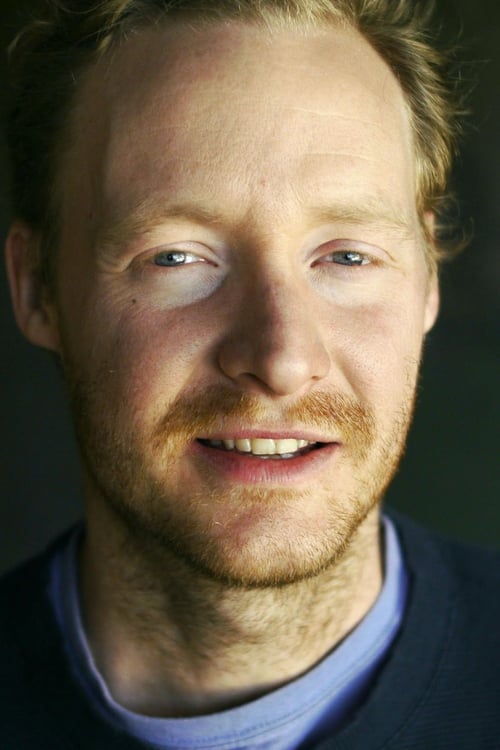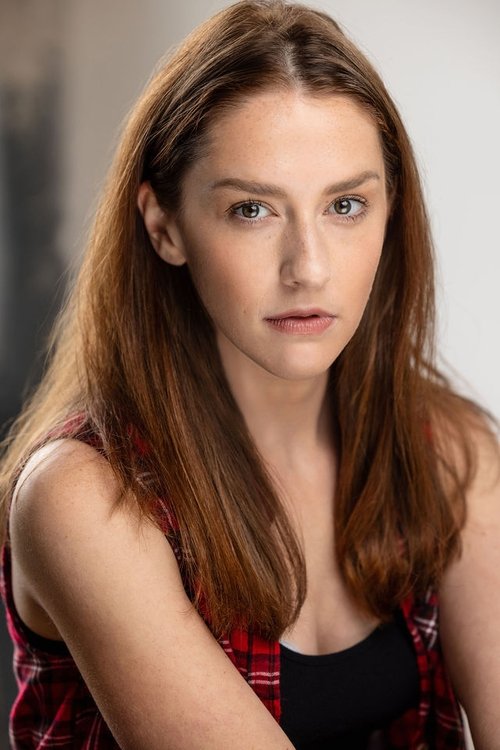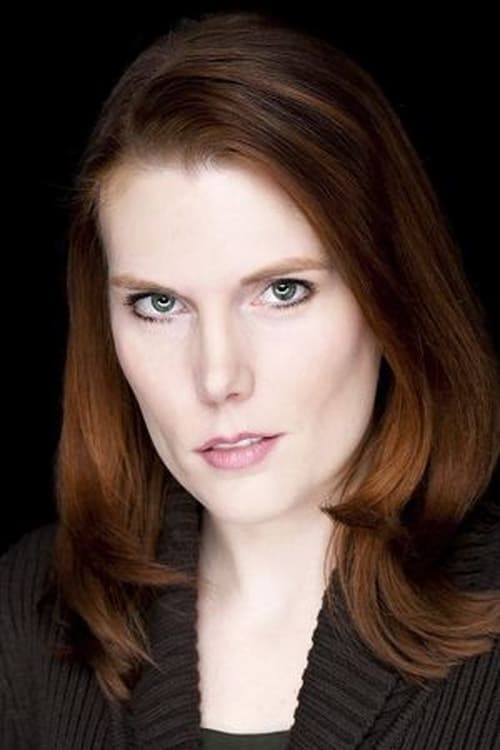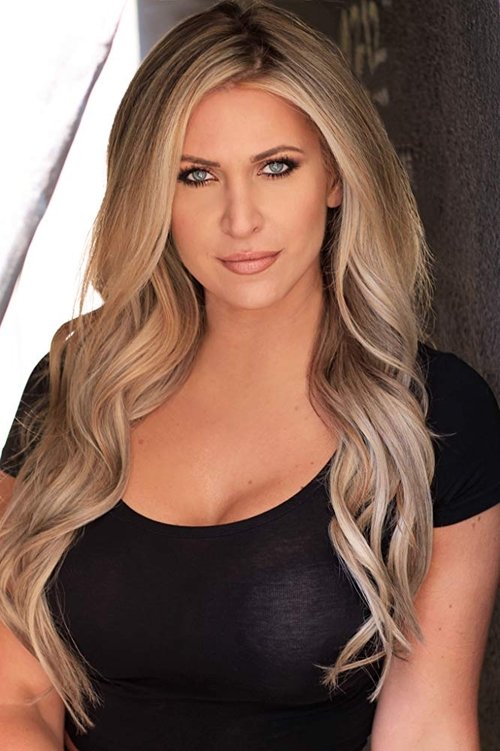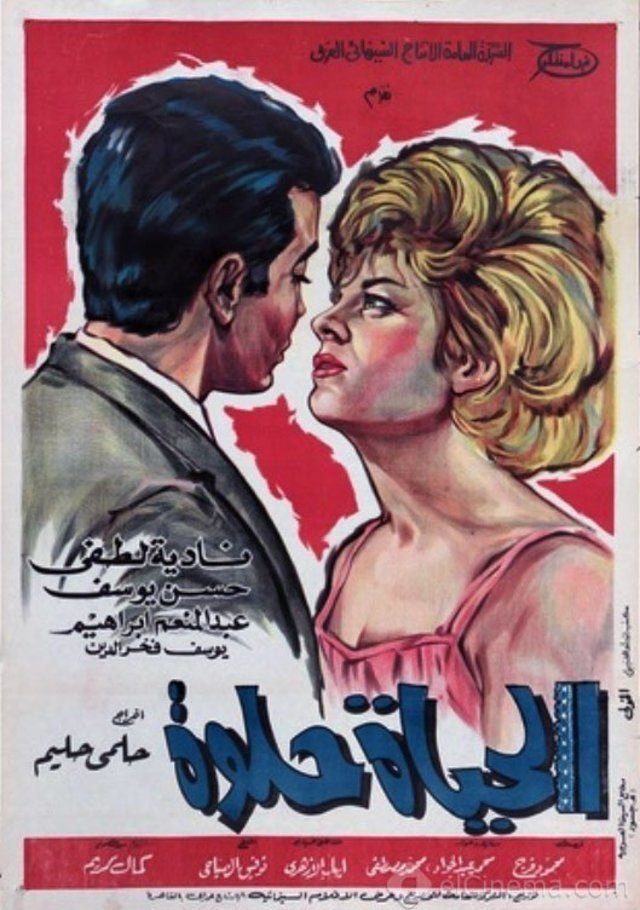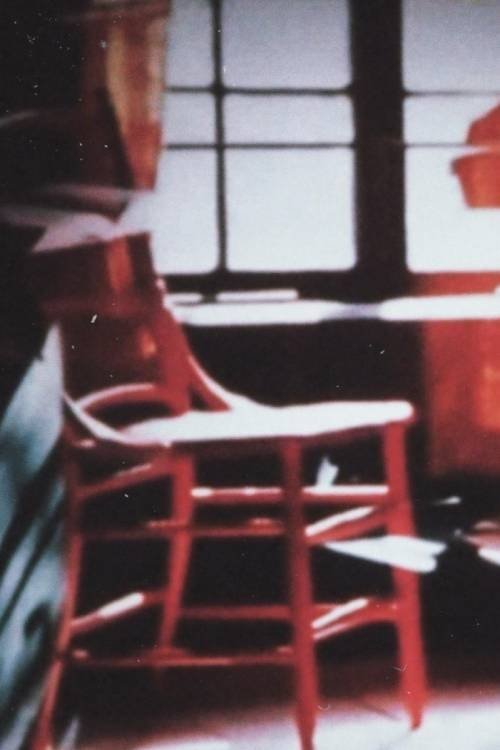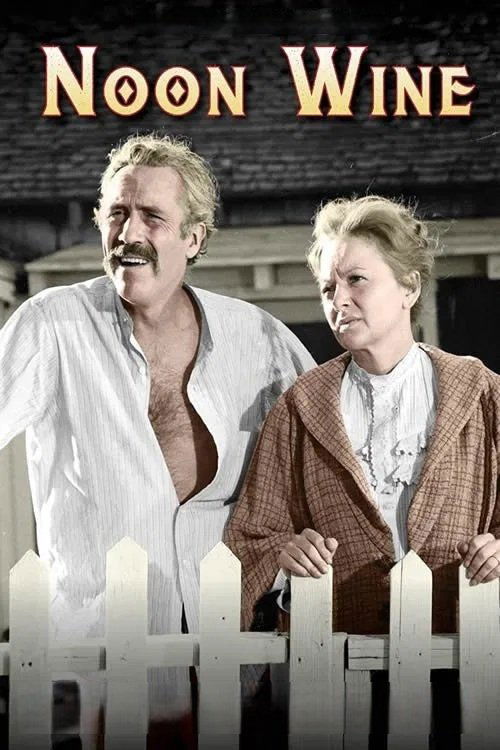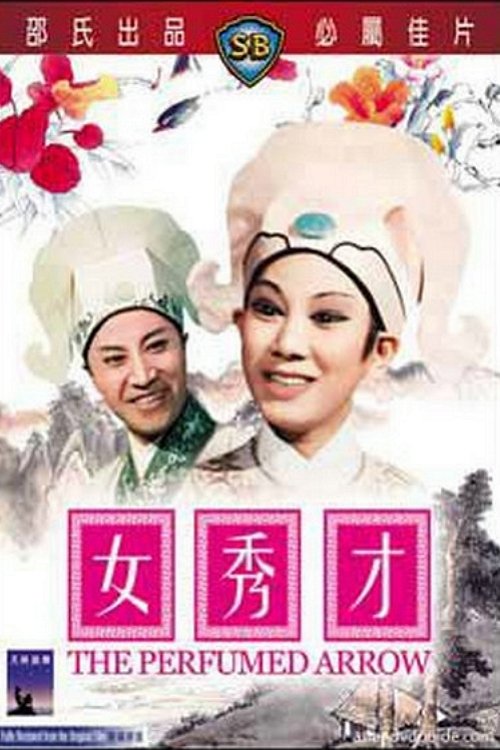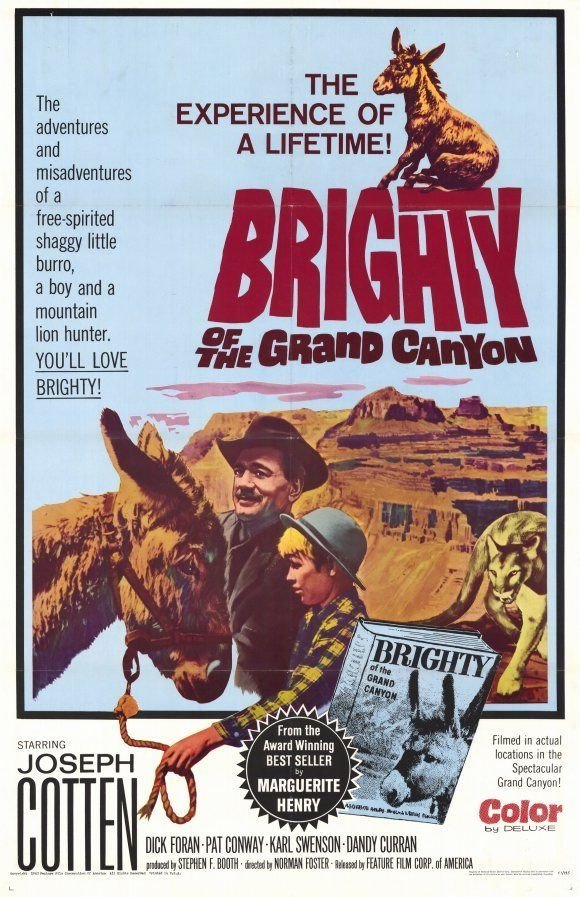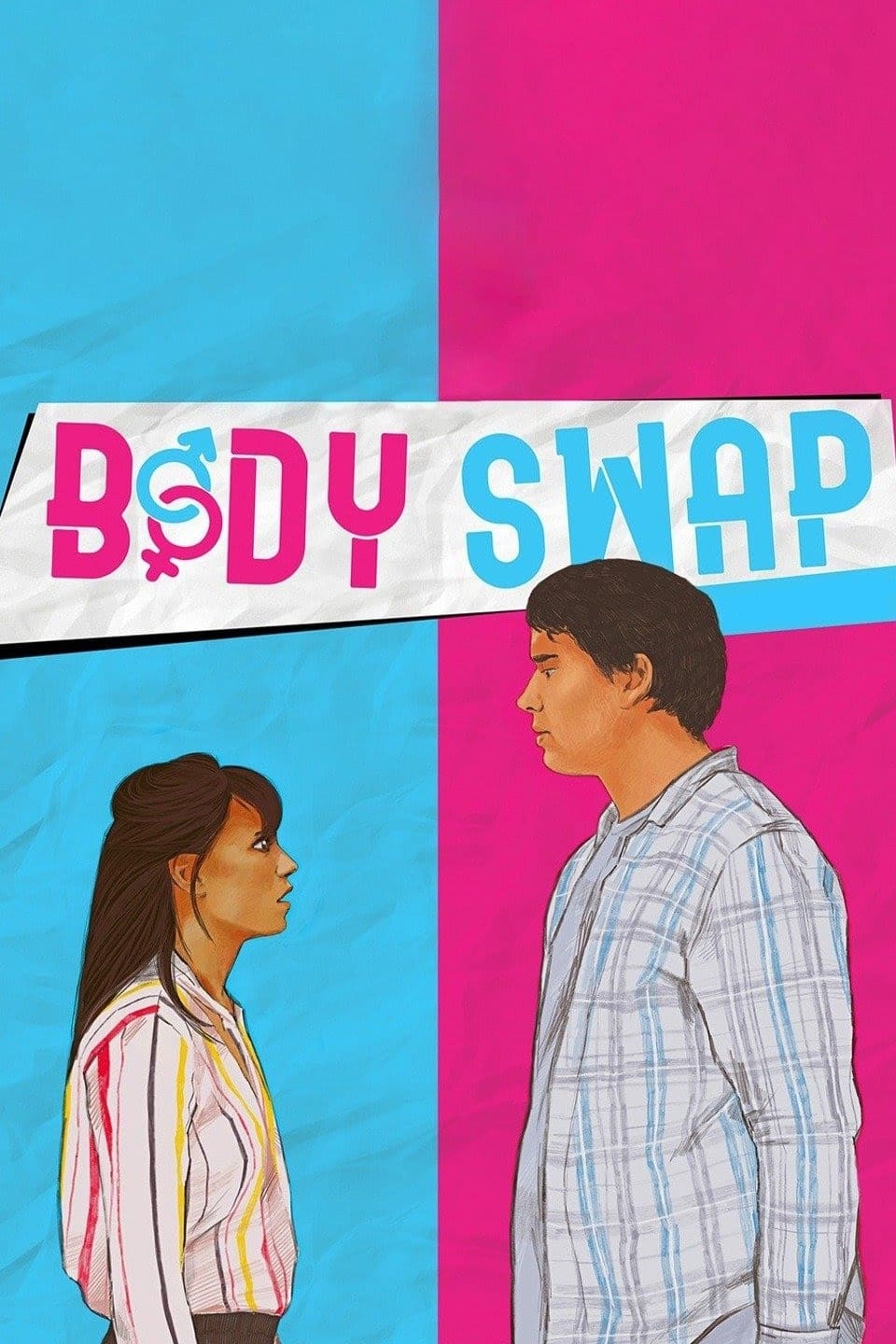
Body Swap
فیلم Body Swap
CJ is a high strung business woman at the Versa Corporation working on the biggest deal in her company's history. Casey is a laid-back slacker who mooches off his brother Roy. When Casey goes into an interview at Versa only to qualify for unemployment benefits he winds up switching places with her. Now he must contend with her frenemy Lisa while she has to woo an Italian girl Casey's been flirting with.
اشتراک ۱ ماهه
71 هزار تومان
۲۰٪ تخفیف
59 هزار تومان
31 روز
اشتراک ۳ ماهه
215 هزار تومان
۲۰٪ تخفیف
179 هزار تومان
90 روز
انتخاب محبوب
اشتراک ۶ ماهه
407 هزار تومان
۲۰٪ تخفیف
339 هزار تومان
180 روز
اشتراک ۱ ساله
719 هزار تومان
۲۰٪ تخفیف
599 هزار تومان
365 روز
کارگردان(ها)
بازیگران
Body swaps, first popularized in Western Anglophone culture by the personal identity chapter of John Locke's Essay Concerning Human Understanding, have been a common storytelling device in fiction media. Novels such as Vice Versa (1882) and Freaky Friday (1972) have inspired numerous film adaptations and retellings, as well as television series and episodes, many with titles derived from "Freaky Friday". In 2013, Disney Channel held a Freaky Freakend with seven shows that featured body-swapping episodes. This list features exchanges between two beings, and thus excludes similar phenomena of body hopping, spirit possession, transmigration, and avatars, unless the target being's mind is conversely placed in the source's body. It also excludes age transformations that are sometimes reviewed or promoted as body swaps, as in the movies Big and 17 Again; identity/role swaps, typically between clones, look-alikes, or doppelgängers; and characters with multiple personalities.
